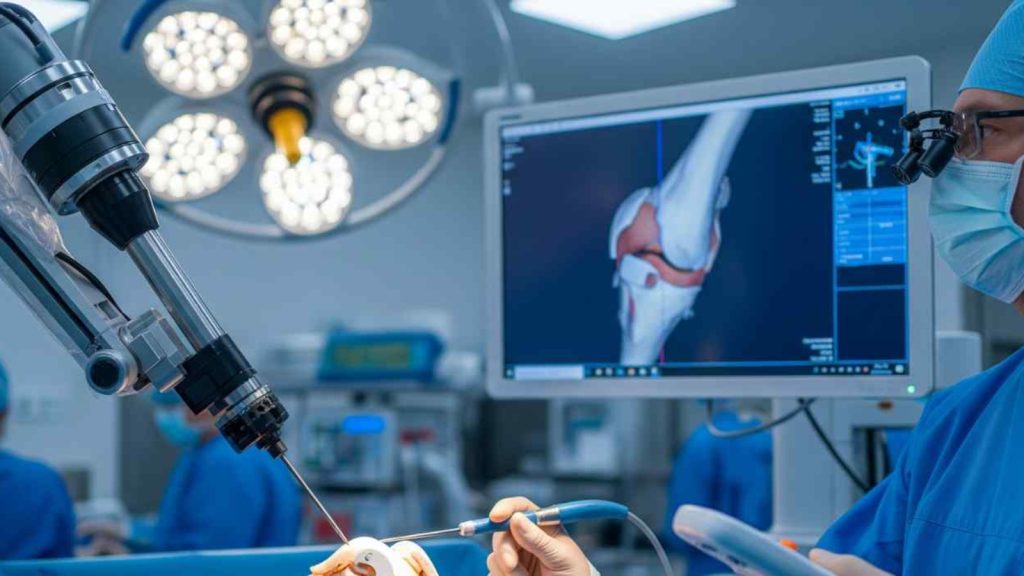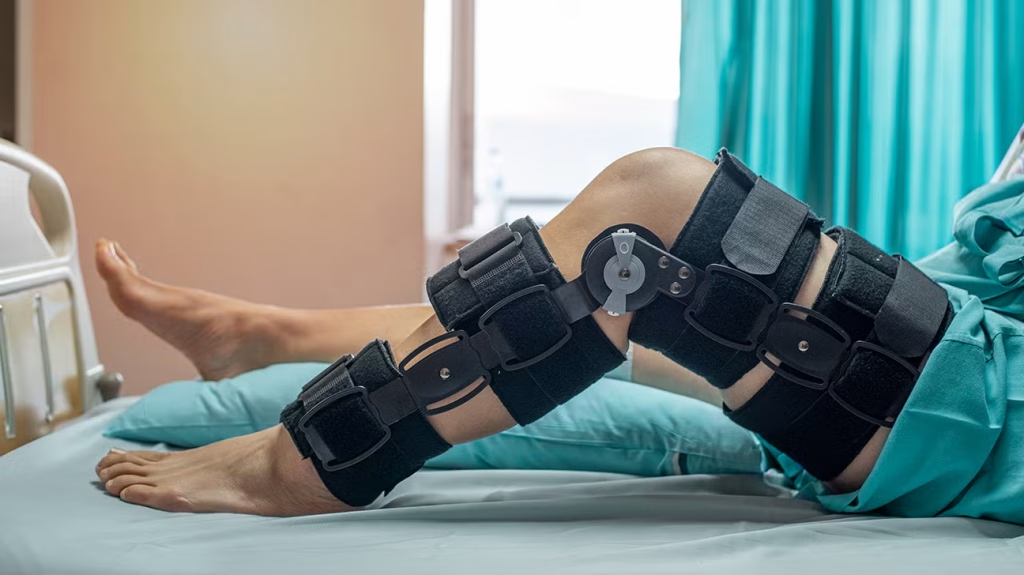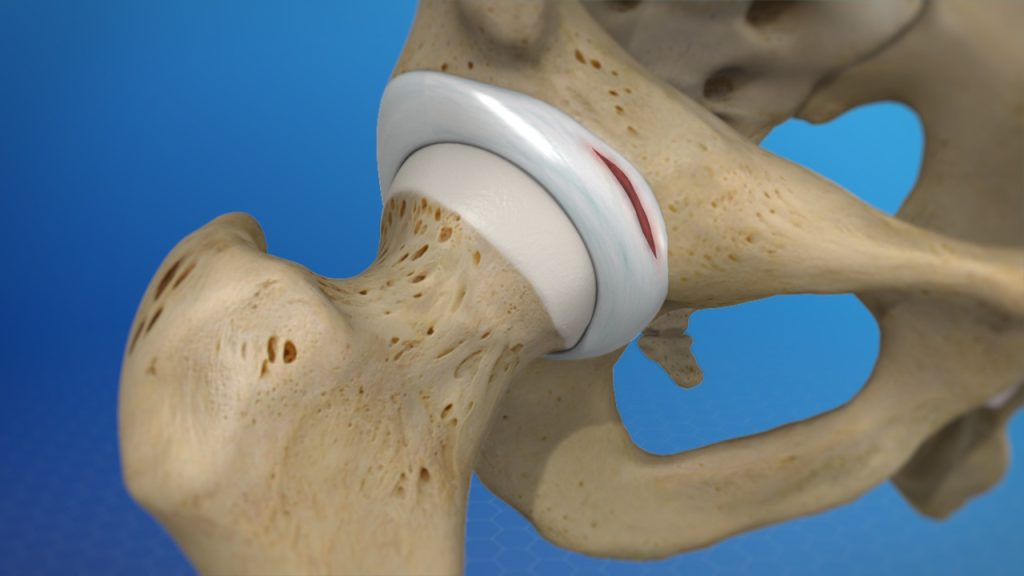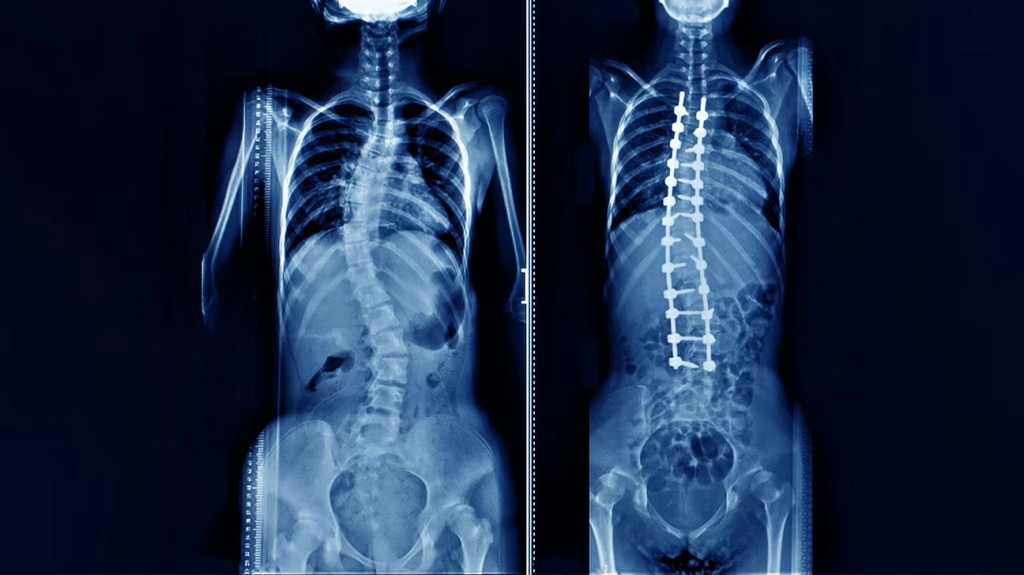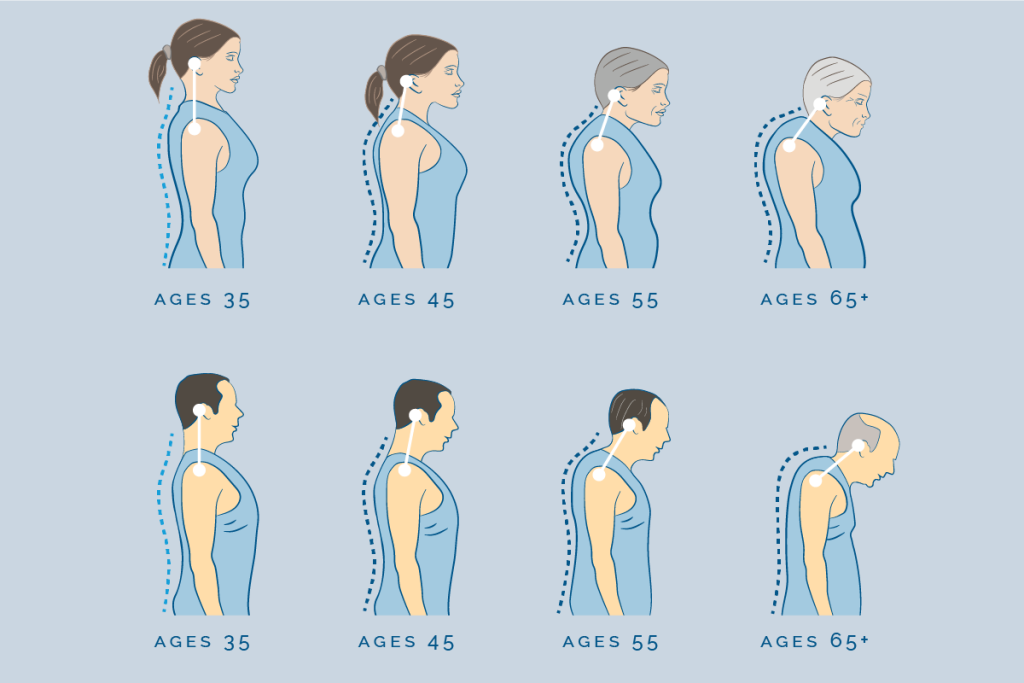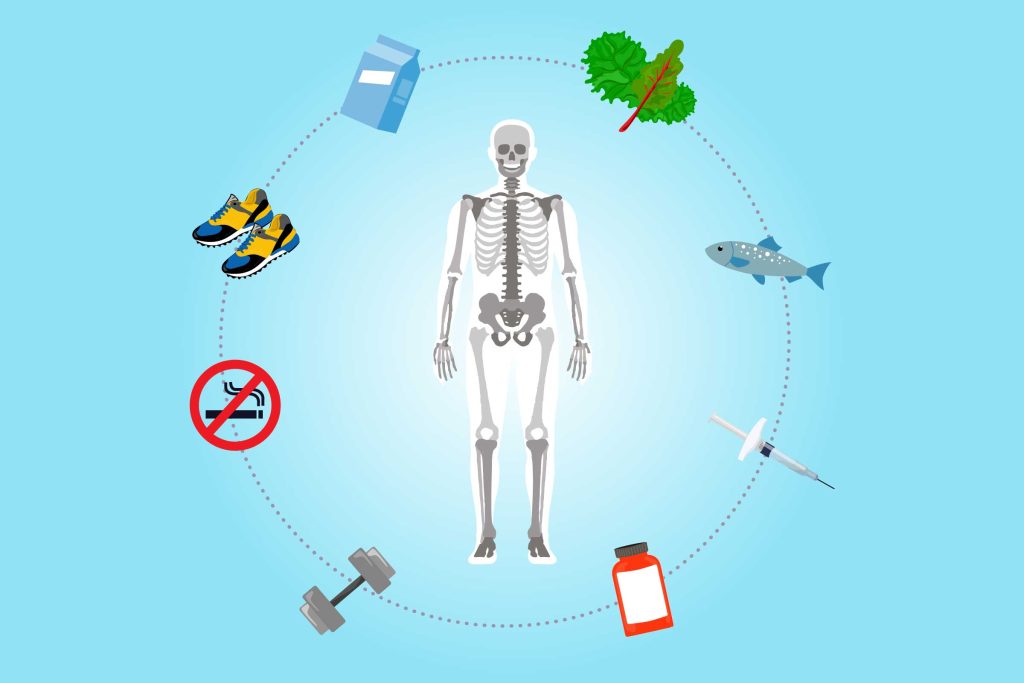What to Know About Tendon Repair and Recovery
Have you ever strained a joint and wondered why movement suddenly feels weak, unstable, or unreliable even after rest seems adequate? Tendon injuries often unfold this way, quietly limiting strength and confidence before demanding attention. Tendon repair becomes relevant when healing stalls or function declines. Understanding the basics helps reduce uncertainty and supports informed expectations.…
Read more


